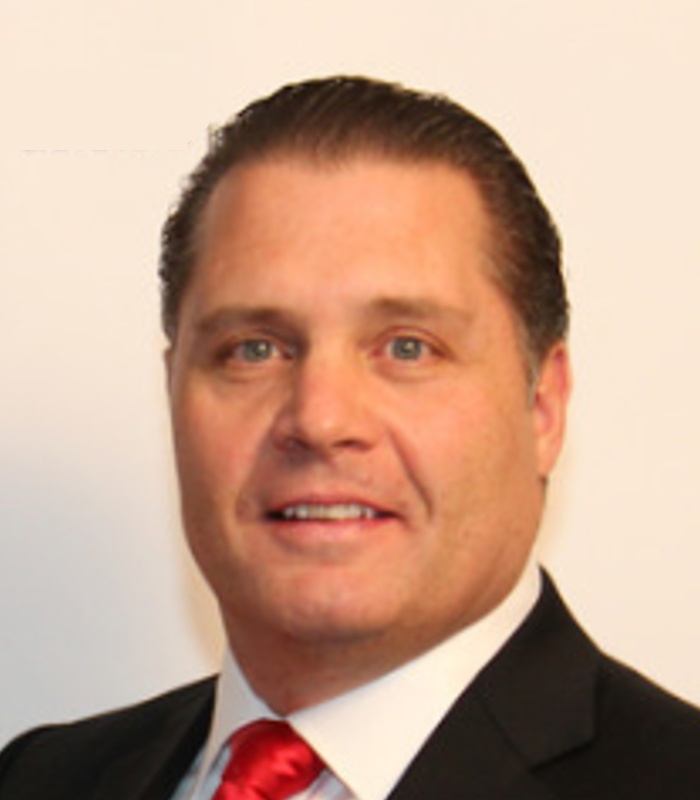
Budget Formulation Case Study
A Q&A with John Sammarco of Definitive Business Solutions, who discusses their successful engagement with the U.S. Department of Treasury.
Q. What does the Office of the Comptroller of the Currency do?
The Office of the Comptroller of the Currency (OCC) is an independent bureau within the U.S. Department of Treasury that charters, regulates, and supervises all national banks and federal savings associations as well as federal branches and agencies of foreign banks. The OCC was created by the National Currency Act in 1863, over 150 years ago.
Q. When did Definitive’s relationship with the OCC begin and what was your initial role?
The OCC became our customer in 2007, when we were selected from amongst forty-five or so companies to provide program management support services. Since that time, we have led and supported a broad range of initiatives across the bureau resulting in new business processes and capabilities.
Q. What was the OCC trying to achieve and what challenges were they facing?
Back in 2014, after years of improving project and program management (i.e., “doing things right”), they were ready to embark on portfolio management (i.e., “doing the right things”). They needed assistance in identifying and prioritizing the portfolio of IT work for the bureau. This included: developing the governance approach, creating and refining the processes and procedures; establishing performance metrics; creating and maintaining an Enterprise Portfolio Management Plan; aligning the prioritized portfolio of IT work with the enterprise business strategy, and evaluating the performance of the portfolio-management process. The challenges were many, but none more important than moving from a decentralized model that operated along organizational lines to a hybrid model (part decentralized and part centralized) that sets enterprise-level priorities and resolves escalations that arise from conflicts or resource constraints. The executive leadership was committed to preserving autonomous decision-making by decentralized, integrated platform and product teams (IPPTs) consisting of business and IT representatives.
Q. What does their budget formulation process involve and why is it important?
In broad terms, it involves identifying, evaluating, and selecting discretionary investments for inclusion in the budget request. It also includes development of the budget submission with supporting analyses and justification of the request. The budget formulation process is important because it signifies to the entire bureau what the priorities are for the coming year, and it establishes the plan by which the IPPTs will be measured. As we say at Definitive, “The business strategy becomes real when the first investment is made,” so we see the formulation of the budget as the step that enables the achievement of business goals and objectives.
Q. How have you been able to facilitate this process?
To begin, budget formulation is a team sport. As such, facilitating the process requires strong teamwork between government staff and our team. Our role is to support our government customer in facilitating: the establishment and weighting of the selection criteria that is used by the enterprise planning team; the review and evaluation of potential investments; and the analysis and decision-making process. We also manage the business process, develop reports and job aids, and maintain the support tools. It would be very difficult to facilitate this process without Definitive Pro™, our group decision support solution. With it, we can promote collaboration and teamwork, accurately establish the relative importance of the decision criteria, and consistently and efficiently evaluate alternatives.
Q. When did you introduce Definitive Pro™ to the Treasury, and why?
We introduced Definitive Pro™ in February 2017 as part of our continuous process improvement initiative. We had previously used a decision support product from a third party, but very much wanted to use the world’s leading multi-criteria decision-making methodology (the Analytic Hierarchy Process) and enable our enterprise planning team members to share their judgments from anywhere, at any time, using any device. We realized that decision-makers may not always be able to convene in the same place at the same time, especially fast-paced organizations that are distributed and embrace telecommuting.
Q. How has Definitive Pro™ improved their decision-making process?
Definitive Pro™ has been instrumental to improving the decisionmaking process, and has helped make it more collaborative, consistent, and transparent. As a result, the budget has enjoyed more consensus and buy-in than in years past.
Q. What new innovations will they see in Definitive Pro™ this coming year?
Our customers are our greatest source for new features, so they will have a significant voice in what we deliver in the coming year. Currently, our team is developing new features that will enable us to support highly complex decision-models and situations, such as those found in healthcare. In everything that we do, we are committed to maintaining a high ease of use.
Download a PDF version of the case study
